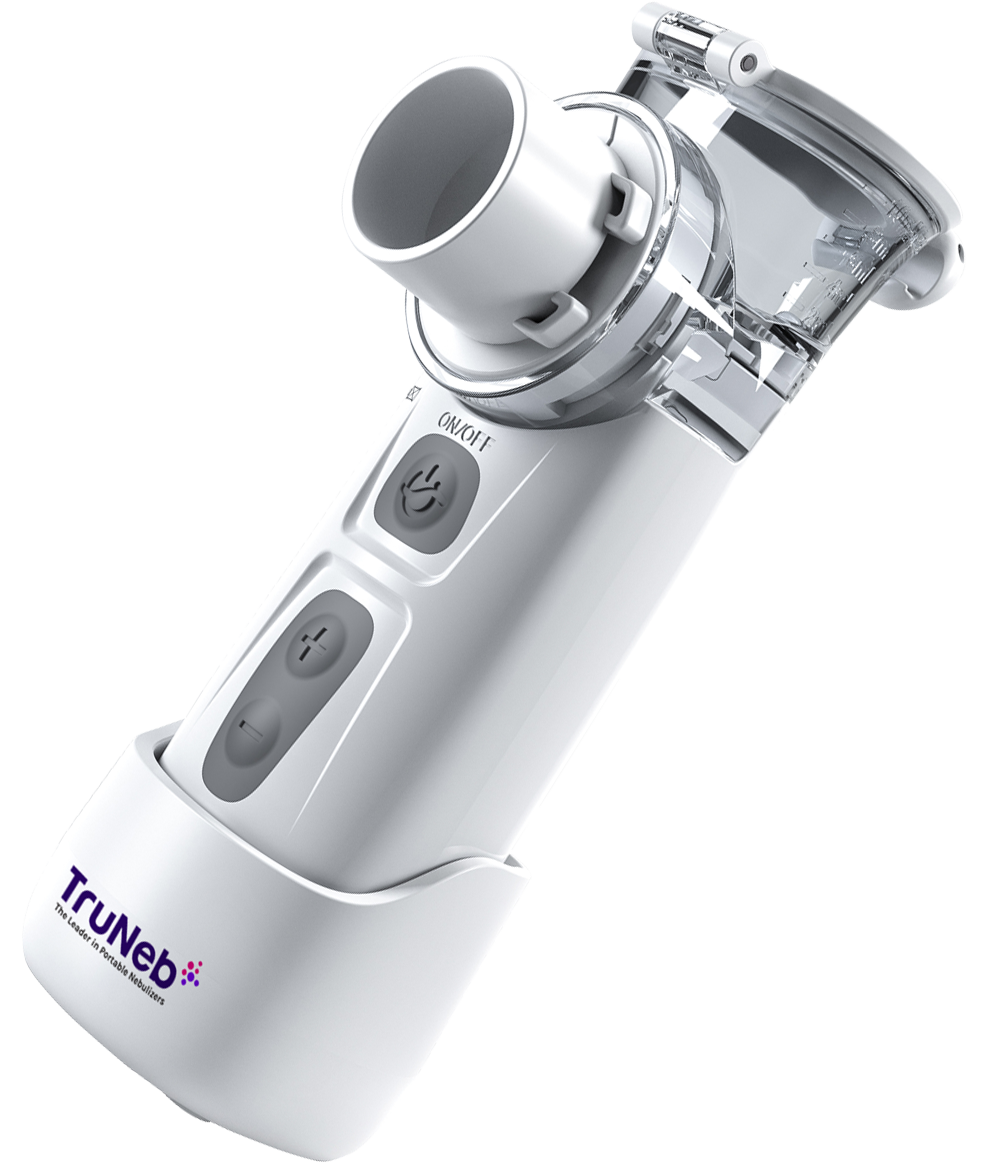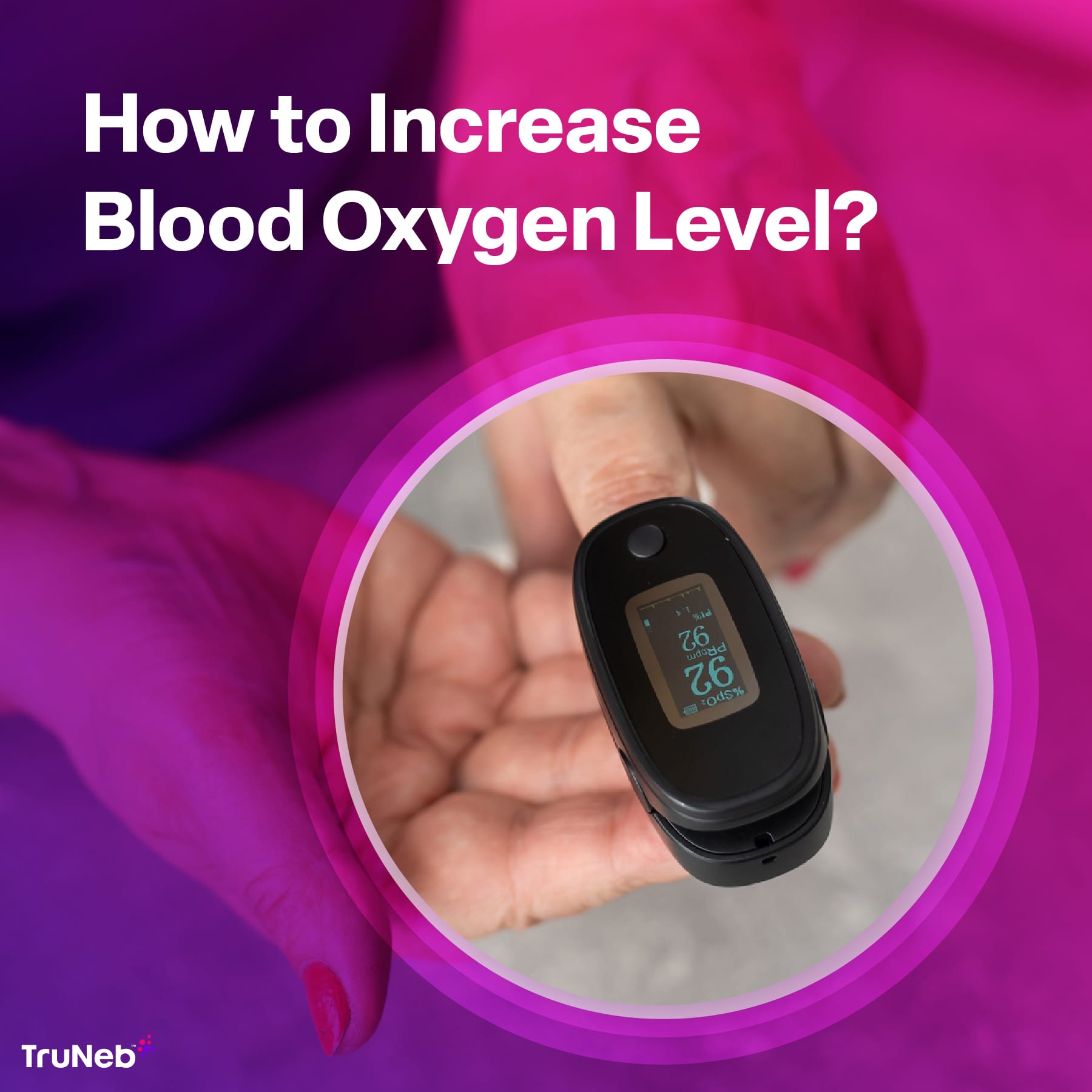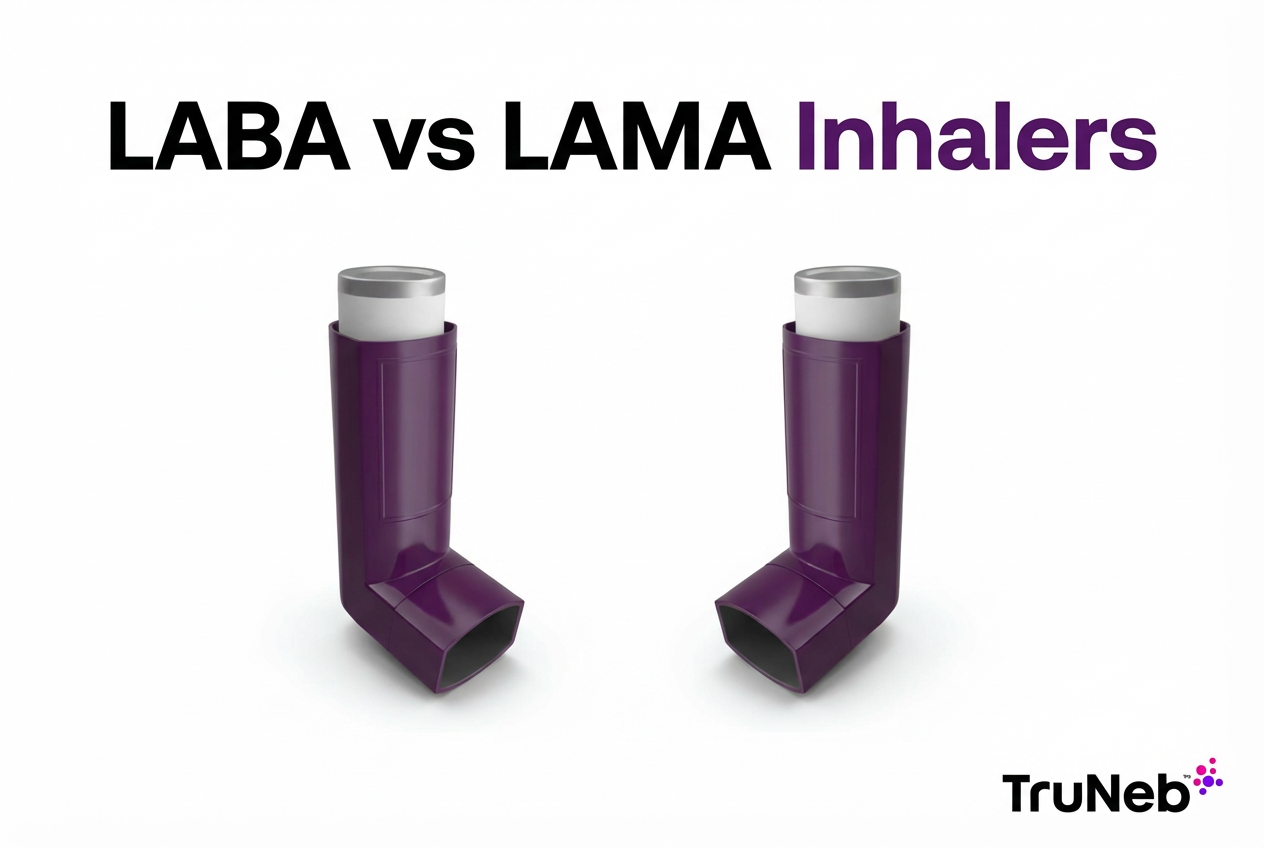On this page
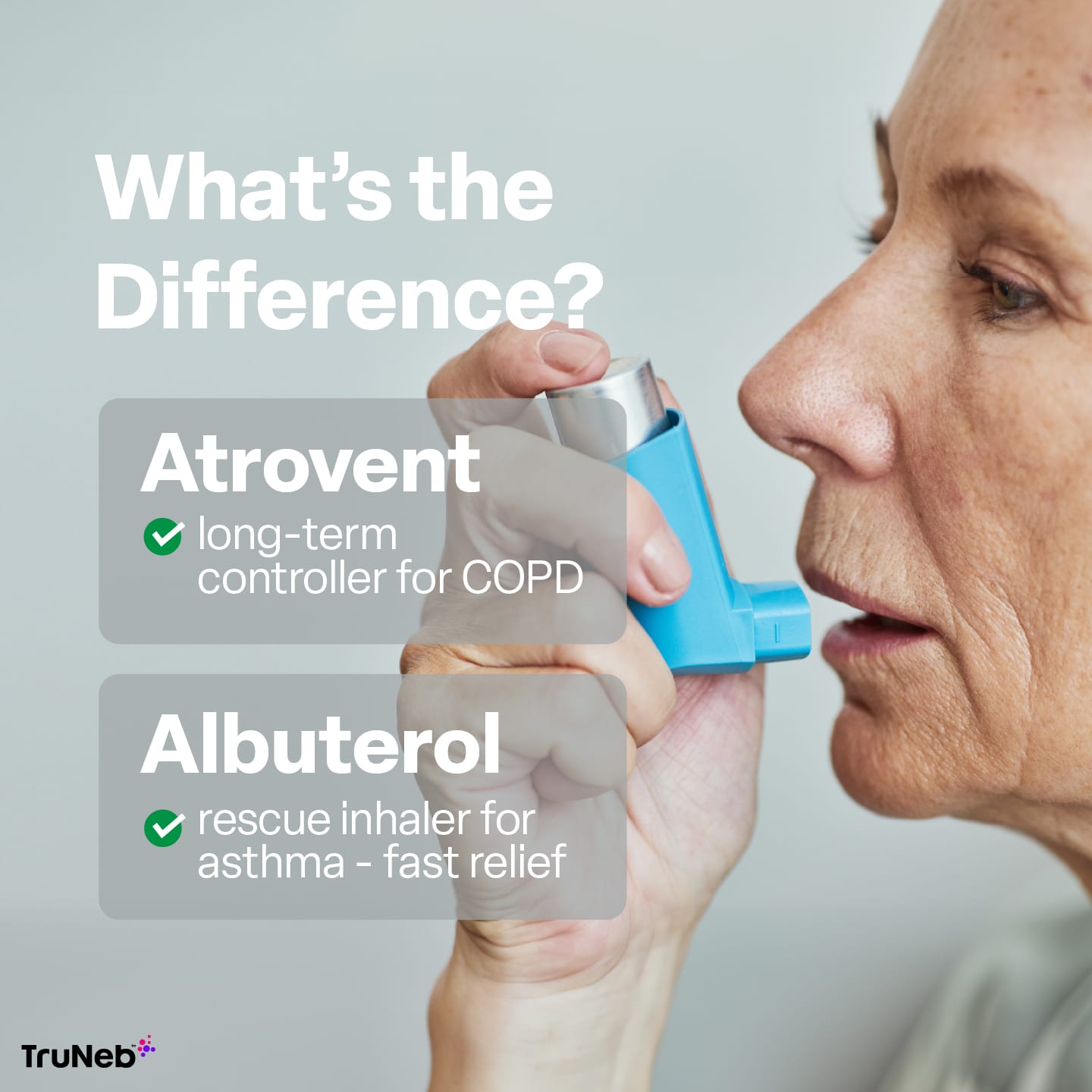
If you’re managing asthma or COPD, you’ve likely heard of bronchodilators—medications that help open up your airways when breathing becomes difficult. These medications can be delivered through both inhalers and nebulizers, and they work by relaxing the muscles around your airways, allowing you to breathe more easily.
Two of the most commonly prescribed bronchodilators are Atrovent and albuterol. While they may seem similar, they have key differences in how they work and when they’re used. If you're trying to figure out whether Atrovent vs albuterol is the right choice for you, we’ll guide you through their differences, uses, and what to consider when making a decision.
Let’s explore how these medications can help you manage your respiratory symptoms and improve your quality of life.
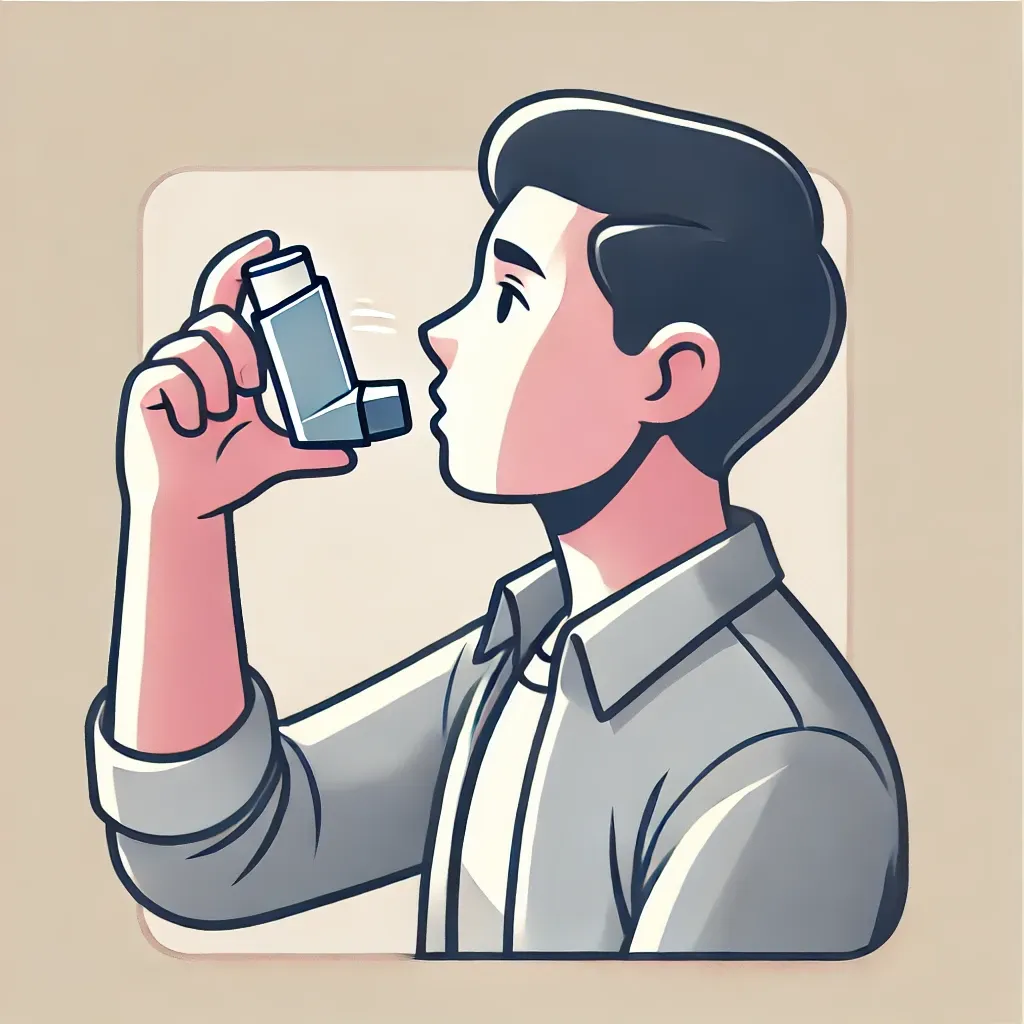
Understanding Atrovent vs Albuterol
When managing breathing difficulties, understanding the difference between Atrovent and albuterol can help you choose the right medication for your needs. Both are bronchodilators, but they work in different ways and are sometimes prescribed for different conditions. Here’s a closer look at each.
What is Atrovent?
Atrovent (ipratropium bromide) is an anticholinergic bronchodilator primarily used for COPD (chronic obstructive pulmonary disease). It works by blocking a neurotransmitter called acetylcholine, which signals the muscles around your airways to tighten. By preventing this signal, Atrovent relaxes the muscles and opens the airways, making it easier to breathe.
While Atrovent for COPD is its primary use, it’s occasionally used off-label for asthma in more severe cases. But, unlike a rescue inhaler, Atrovent doesn’t provide immediate relief. Instead, it’s used regularly as part of a long-term management plan for respiratory conditions.
Like any medication, there can be Atrovent inhaler side effects, including dry mouth, cough, or headaches. It’s important to call your doctor if you experience any discomfort.
What Is Albuterol?
On the other hand, albuterol (name brand Ventolin or ProAir) is a beta-agonist bronchodilator and works differently. It’s typically used as a rescue inhaler for asthma because it acts fast, opening up your airways almost immediately when you're feeling short of breath or wheezy. This makes it perfect for asthma attacks or flare-ups, giving you the relief you need in the moment.
People also use albuterol to prevent symptoms, like if they know exercise triggers their asthma. Unlike Atrovent, albuterol is something you reach for when you need fast relief, not something you take every day (although many people need to take it daily).
Just be mindful of side effects, like shaky hands or a fast heartbeat. As long as you stick to the prescribed dosage, it’s a highly effective go-to for sudden breathing problems.
Key Differences: Atrovent vs Albuterol
How They Work: Anticholinergic vs. Beta-Agonist
The main difference between these two medications is how they work in your body:
- Atrovent (ipratropium bromide) is an anticholinergic, meaning it stops a chemical called acetylcholine from tightening the muscles around your airways. This makes it easier to breathe but doesn’t act as quickly. It’s more of a long-term controller for COPD.
- Albuterol is a beta-agonist. It works by stimulating the beta-2 receptors in your lungs, quickly relaxing the airway muscles to provide fast relief. It’s often used for asthma and sudden breathing difficulties.
Onset of Action and Duration
Another key difference between Atrovent vs albuterol is how fast each med works and how long their effects last.
- Atrovent takes about 15 to 30 minutes to start kicking in, and the effects can last up to 6 hours. This slower approach makes it ideal for COPD management when you don’t need immediate relief but want something that works over time.
- Albuterol works much faster, typically starting to provide relief in about 5 minutes, making it a go-to for immediate symptom control during an asthma attack. Its effects last for only 4 to 6 hours, so it’s used more for quick, short-term relief.
Use Cases: Asthma vs. COPD
Albuterol is widely used for treating asthma and exercise-induced bronchospasm because of its rapid onset and effectiveness in relieving symptoms quickly. It’s the rescue medication of choice for people with asthma who need immediate relief from wheezing or shortness of breath.
On the other hand, Atrovent is mainly prescribed for COPD, helping to manage chronic symptoms by gradually opening the airways. While it is less commonly used for asthma, it may be prescribed off-label in some cases where standard treatments don’t provide enough control.
By understanding Atrovent vs albuterol, you can be more informed when discussing your treatment options with your doctor.
Side Effects: Atrovent vs Albuterol
Every medication comes with its own set of potential side effects, and it’s important to know what you might experience when using either Atrovent or Albuterol. While both are generally well-tolerated, let’s break down the common and more serious side effects you should keep an eye on.
Common Side Effects of Atrovent
Using Atrovent (ipratropium bromide) can lead to a few common side effects, many of which are mild. The most frequent issues include:
- Dry mouth: This is one of the most common complaints and can be annoying, but staying hydrated usually helps.
- Bitter taste: Some users report a strange taste in their mouth after using Atrovent, which may linger for a while.
- Sinus problems: Congestion, runny nose, or even a sore throat can happen, especially if you’re prone to sinus issues.
While these side effects are manageable, Atrovent can also cause more serious reactions in some people, such as:
- Eye pressure: If the medication accidentally gets into your eyes, it could increase pressure, especially if you have glaucoma. Make sure you’re using the inhaler properly to avoid this.
- Worsening COPD symptoms: Though Atrovent is designed to ease breathing, a few people may experience the opposite effect, with worsened symptoms or tightness in the chest. If this happens, contact your doctor or seek medical attention immediately.
Common Side Effects of Albuterol
Albuterol, known for its fast-acting relief, also has its share of side effects, especially when used frequently. Some of the common side effects include:
- Shakiness: Many people feel jittery or shaky after using an Albuterol rescue inhaler, which can be unsettling but typically fades after a short time.
- Fast heartbeat: Since albuterol stimulates specific receptors in your body, it’s common to feel your heart race a bit after taking it. This effect is usually harmless, but if it persists, you should talk to your doctor.
- Throat irritation: After inhaling the medication, you might notice some throat discomfort, coughing, or a scratchy feeling.
There are also more serious side effects to watch out for:
- Heart palpitations: If you experience irregular heartbeats or fluttering in your chest, it could be a sign that albuterol is affecting your heart. This is especially important for those with underlying heart conditions.
- Low potassium: Albuterol can sometimes lower your potassium levels, which could cause muscle cramps, weakness, or fatigue. If you’re using it regularly, it’s a good idea to have your potassium levels checked occasionally.
Both respiratory medications are effective at what they do, but knowing the side effects can help you use them more confidently. Always consult with your healthcare provider if any symptoms feel severe or don’t go away.
Comparing Dosage and Administration
Dosage for Atrovent
For Atrovent (ipratropium bromide), the standard dosage is usually 2 puffs, 4 times a day. This regular dosing helps manage symptoms of COPD by keeping your airways relaxed throughout the day. Unlike rescue inhalers, Atrovent is not designed for immediate relief during an attack. It works more slowly, so it needs to be used consistently to keep symptoms in check.
If you're using the Atrovent inhaler, make sure to follow your doctor's instructions carefully. It’s most effective when taken regularly, even if you’re feeling well, to maintain long-term symptom control. Missing doses or using it inconsistently can lead to less effective management of your symptoms.
Dosage for Albuterol
Albuterol is used as a fast-acting rescue inhaler, with the typical dosage being 2 puffs every 4-6 hours as needed. It provides quick relief for sudden asthma symptoms like wheezing or shortness of breath. Because of its fast-acting properties, albuterol inhalers for asthma are often used during an asthma attack or just before exercising to prevent exercise-induced asthma.
Since Albuterol works rapidly, it’s a go-to for managing flare-ups, but it shouldn’t be overused. If you find yourself reaching for your inhaler more than twice a week, it could be a sign that your asthma isn't well-controlled, and you might need to talk to your doctor about adjusting your treatment plan.
Both medications also come in liquid form for nebulization. Some people prefer to take them via a traditional or portable nebulizer instead of an inhaler. This can also be a more affordable option, as inhalers can be expensive.
Drug Interactions and Warnings
It’s always a good idea to know how medications might interact with others you’re taking or conditions you have. Both Atrovent and albuterol come with their own set of interactions and warnings, so let’s break them down.
Drug and Disease Interactions with Atrovent
Atrovent (ipratropium bromide) can interact with certain medications, especially those used to treat Parkinson’s disease, anxiety, or bladder issues. For example, drugs like Levodopa (for Parkinson’s) or Oxybutynin (for overactive bladder) can worsen common Atrovent side effects, like dry mouth or trouble urinating. If you’re taking these meds, you’ll want to keep an eye on how you’re feeling and check in with your doctor if things get uncomfortable.
For people with glaucoma or urinary retention, Atrovent may present some challenges. It can increase pressure in the eyes, which isn’t ideal for those with glaucoma. Also, if you have trouble fully emptying your bladder, Atrovent might make that worse. Be sure to talk to your healthcare provider if you have any of these conditions before starting Atrovent.
Drug and Disease Interactions with Albuterol
There are a few medications that don’t play nicely with albuterol. Beta-blockers, often prescribed for heart conditions, can actually reduce the effectiveness of albuterol because they work against each other. If you’re on antidepressants like tricyclics or MAO inhibitors, be aware that they can raise the chances of side effects like a rapid heart rate or high blood pressure when combined with Albuterol. Diuretics (water pills) might also lower your potassium levels, and Albuterol can make that worse.
If you’ve got a heart condition, especially one involving irregular heartbeats, albuterol could lead to heart palpitations or a racing heart. And if you have diabetes, it’s worth knowing that it can sometimes cause changes in blood sugar levels, so keeping an eye on your glucose is important.
Quick Answers to Common Questions
Can I Use Atrovent and albuterol Together?
Yes, you can use both meds together, and it's actually quite common for people with COPD to do so. In nebulizer form, there’s a medication called Duoneb that combines both. While Atrovent works as a maintenance inhaler to keep your airways open over time, albuterol acts as a rescue inhaler for fast relief. Together, they can help manage both long-term symptoms and sudden flare-ups. Just make sure to follow your doctor's dosing instructions.
Is Atrovent a Rescue Inhaler?
No, Atrovent is not a rescue inhaler. It’s designed for regular use to help manage chronic conditions like COPD by keeping airways relaxed over time. For immediate relief during an asthma attack or shortness of breath, albuterol is the go-to rescue medication.
Can Albuterol Help with COPD?
Yes, it can be helpful for people with COPD, especially during episodes of shortness of breath. While it’s not a long-term treatment for COPD like Atrovent, it can provide fast relief when your airways suddenly tighten up.
What Are the Alternatives to Atrovent vs Albuterol?
If either med isn’t working for you, there are alternatives. For Atrovent, Spiriva (tiotropium) is another anticholinergic bronchodilator that lasts longer. For albuterol, you might consider Xopenex (levalbuterol), which is similar but can have fewer side effects for some people. Other options include combination inhalers like Symbicort or Advair, which mix bronchodilators with corticosteroids. Always discuss with your doctor to find the best fit for your condition.
Take Control of Your Respiratory Health with TruNeb™
Managing asthma and COPD can be challenging, but having the right tools makes all the difference. Whether you’re using bronchodilators to manage symptoms, or looking for a reliable nebulizer to deliver them, TruNeb™ will take care of you. Our quiet portable nebulizer is designed to help you take control of your respiratory health wherever you are. Breathe easier knowing that fast, effective treatment is always within reach.
Shop portable albuterol nebulizer →
*Article reviewed by a licensed Registered Respiratory Therapist
**Last updated: 3/30/2025

